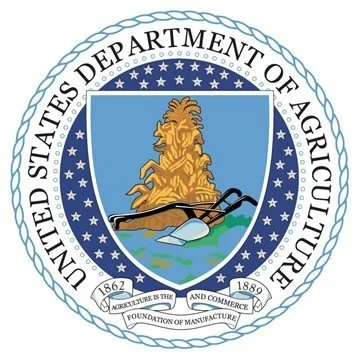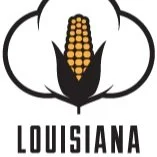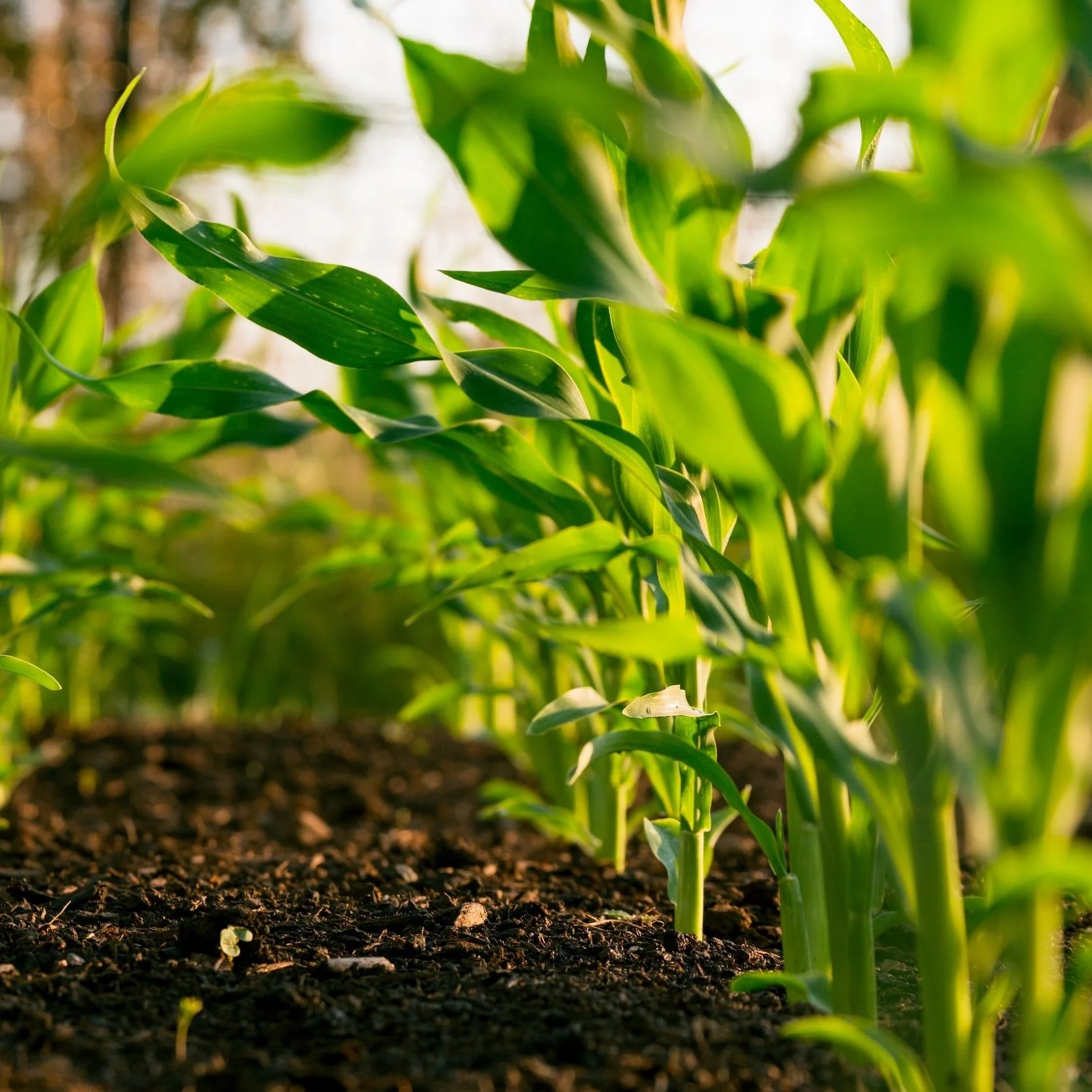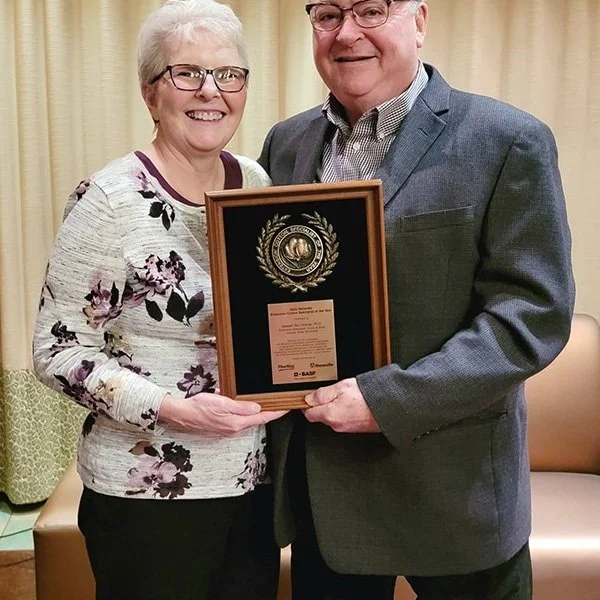2022 is shaping up to be an interesting year from a weed management perspective. Supply chain issues coupled with expanding herbicide resistance could make this season especially challenging when it comes to weed control.
Read MoreTensas Parish cotton farmers Mead and Marshall Hardwick of Hardwick Planting Company represented the U.S. cotton industry at the Textile Sustainability Conference held Dublin, Ireland late last year.
Read MoreSeveral U.S. Department of Agriculture (USDA) national program deadlines are approaching.
Read MoreThe 2022 Louisiana Cotton and Grain Association annual meeting will be held February 17 at the Bayou DeSiard Country Club In Monroe.
Read MoreThe biggest driver of high cotton prices today is the low U.S. stocks-to-use ratio, which is expected to remain low this year and continue to be supportive of high prices.
Read MoreThis month’s 2021/22 U.S. corn outlook is for higher production, greater food, seed, and industrial use (FSI), lower exports, and larger ending stocks. Corn production is estimated at 15.115 billion bushels, up 53 million on a 0.3-million acre increase in harvested area.
Read MoreHigher world cotton demand for 2022 and the likelihood of smaller Western crop may entice firm fiber prices, particularly for the extra-long staple varieties.
Read MoreJuan Landivar received the 2022 Outstanding Research Award in Cotton Agronomy at the 2022 Beltwide Cotton Conferences, Jan. 6 in San Antonio. Landivar is center director for the Texas A&M AgriLife Research and Extension centers in Weslaco and Corpus Christi.
Read MoreThe outlook for U.S. cotton prices appears not as high as for the 2021 crop, but still decent. And perhaps volatile. The market has been signaling the possibility of somewhat lower prices for many months.
Read MoreStewart "Stu" Duncan, the recently retired Kansas State University agronomist and cotton specialist, topped off his 40-year career by receiving the 2022 Beltwide Extension Cotton Specialist of the Year Award during the Beltwide Cotton Conferences at San Antonio, Texas.
Read MoreThis week, Texas A&M University’s Agricultural and Food Policy Center (AFPC) published a report analyzing the economic impacts of higher fertilizer prices on the AFPC’s 64 representative crop farms.
Read MoreAgriculture Secretary Tom Vilsack has announced the appointment of eight members, eight alternate members, and two advisors to serve on The Cotton Board. These appointees will serve three-year terms, ending December 31, 2024
Read MoreA Kansas State University researcher in western Kansas says he may have an innovative way to kill weeds commonly found in farmer’s fields: simply put, he wants to crush ‘em.
That’s right, says Vipan Kumar, a weed scientist at the Agricultural Research Center in Hays. He’s studying a method known as harvest weed seed control (HWSC) in which weed seed is literally pulverized by a rolling cage mill that is fitted to the back of a combine during harvest.
Read MoreDr. Vasu Kuraparthy, noted scientist and professor in North Carolina State University’s Crop & Soil Sciences Department, is the 2021 Cotton Genetics Research Award recipient.
The announcement was made Thursday during the 2022 Beltwide Cotton Improvement Conference, which convened as part of the National Cotton Council-coordinated 2022 Beltwide Cotton Conferences in San Antonio, Texas. Kuraparthy, who was selected by the Joint Cotton Breeding Committee, received a plaque and a monetary award.
Read MoreScientists with the LSU AgCenter annually evaluate cotton varieties at four locations that represent Louisiana’s cotton-producing regions. These AgCenter locations are the Red River Research Station at Bossier City, Dean Lee Research Station at Alexandria, Macon Ridge Research Station at Winnsboro, and Northeast Research Station at St. Joseph. Cotton varieties are managed using practices that follow LSU AgCenter recommendations and demonstrate commercial operations as closely as possible. All entries in the trials are replicated four times, and results are compiled for average performance after one or two years of testing.
Read More














